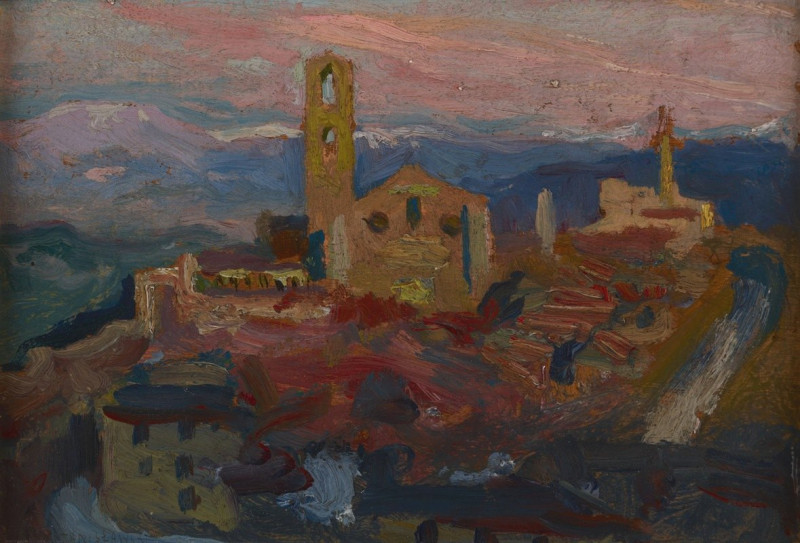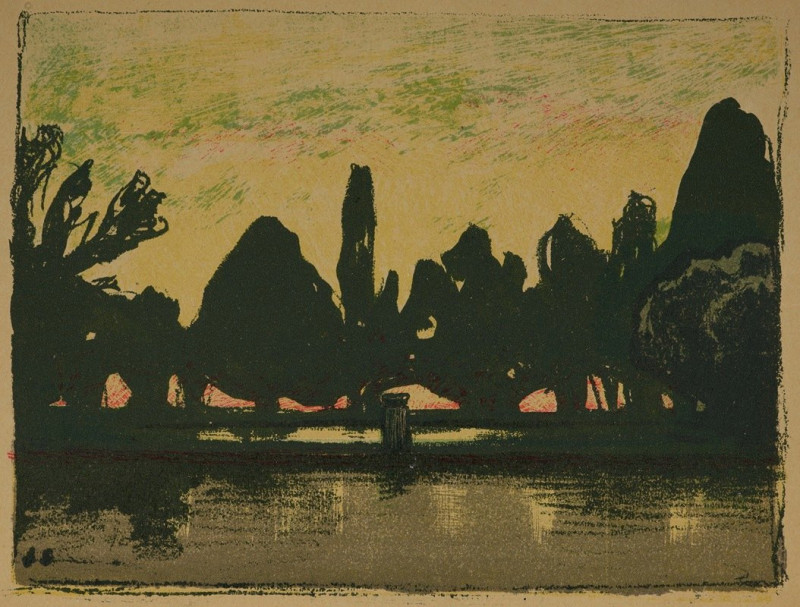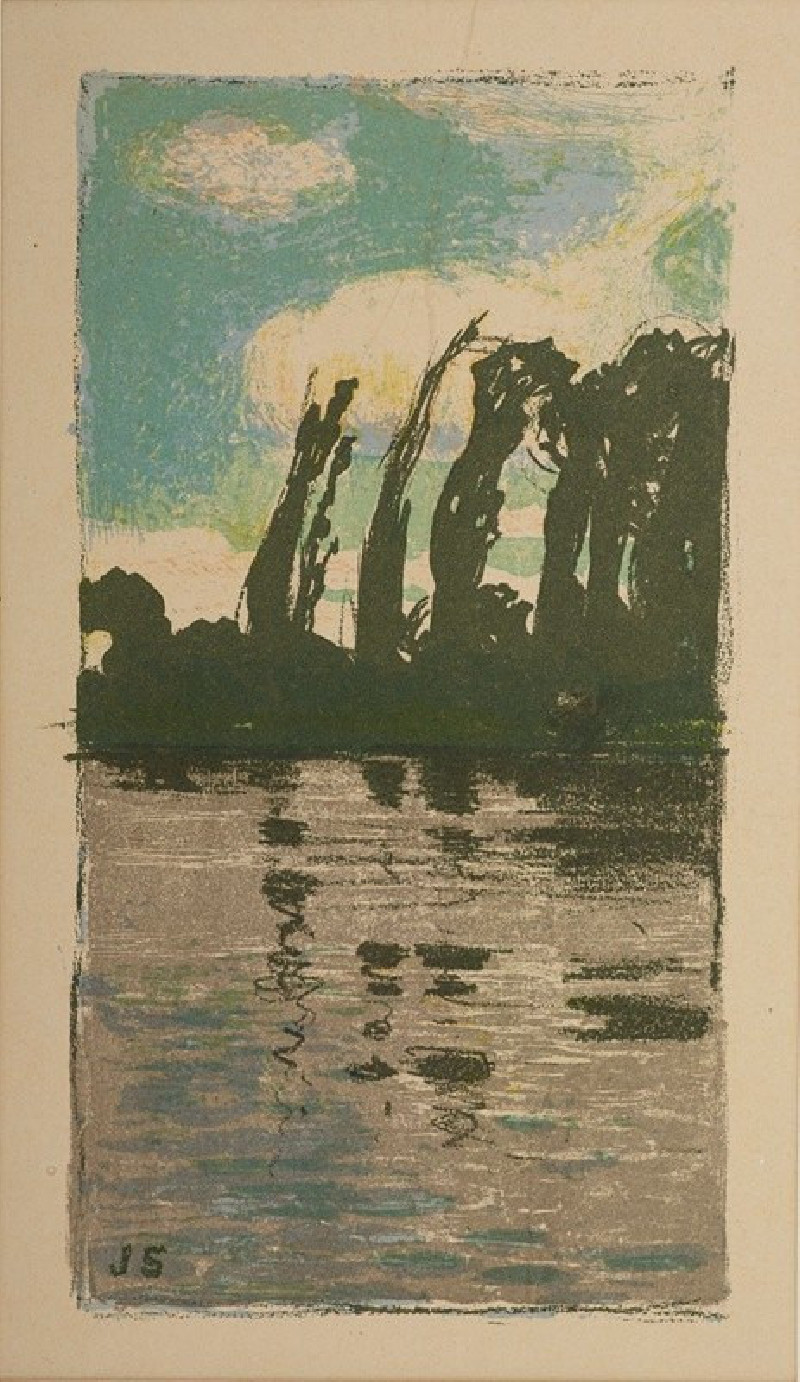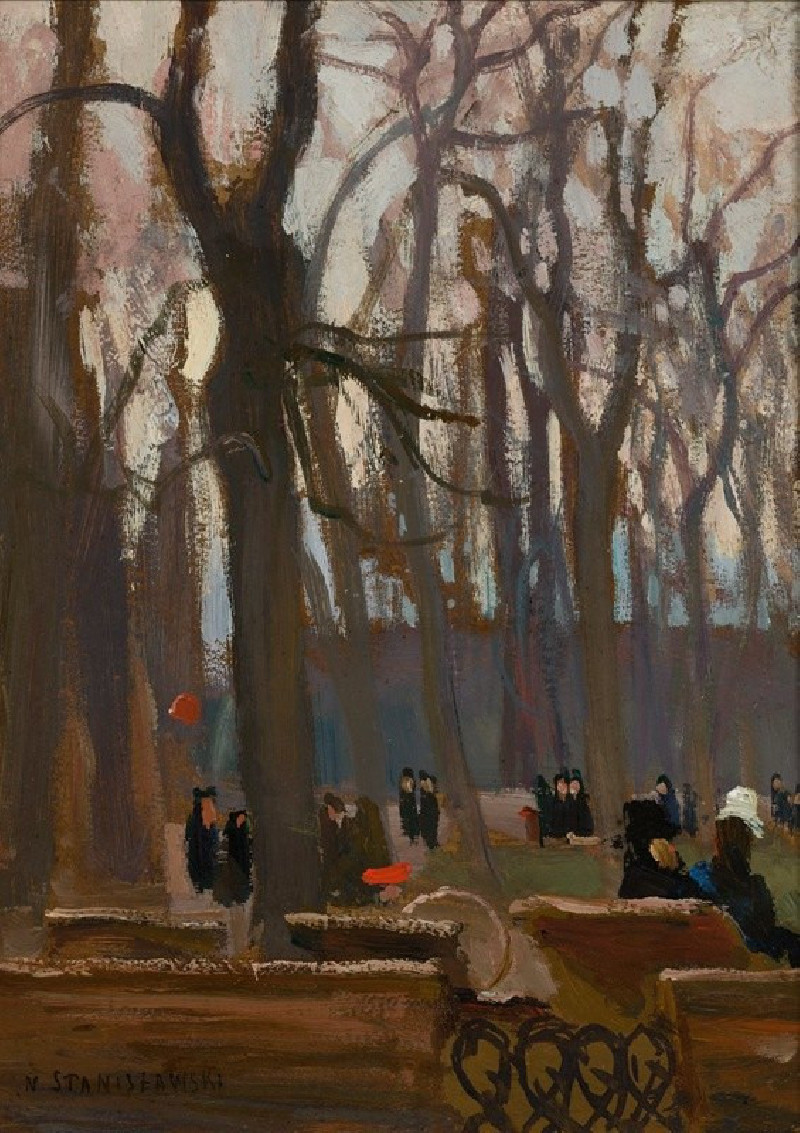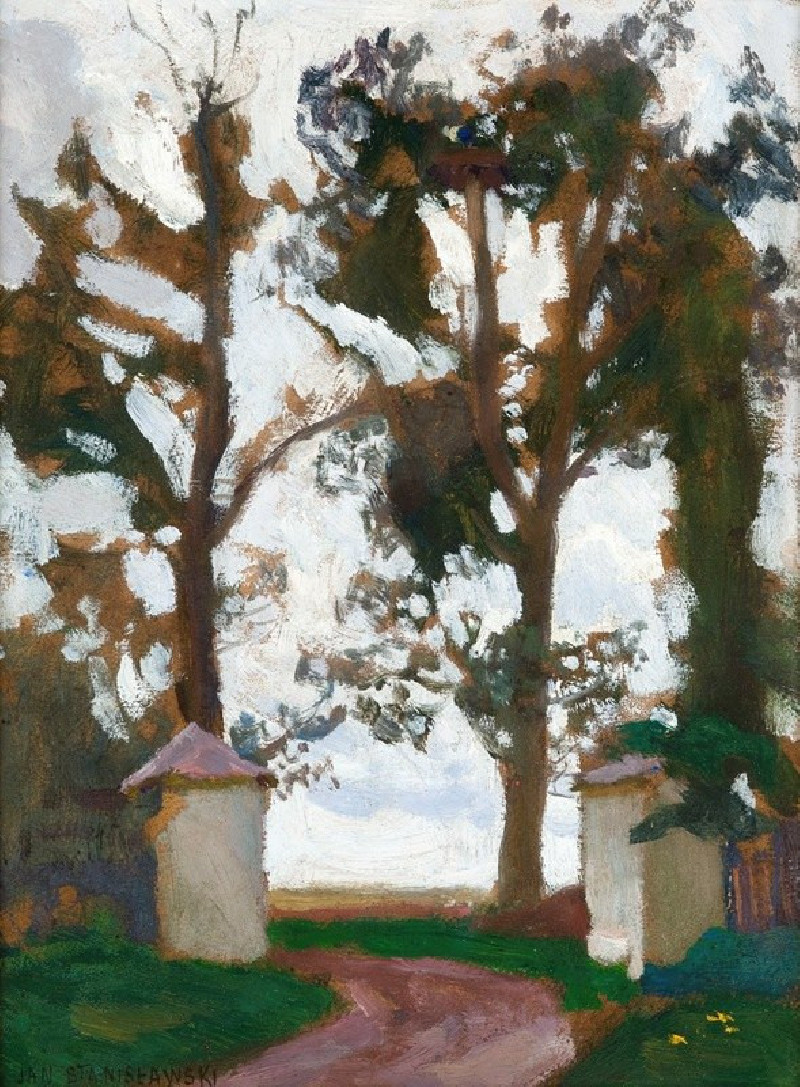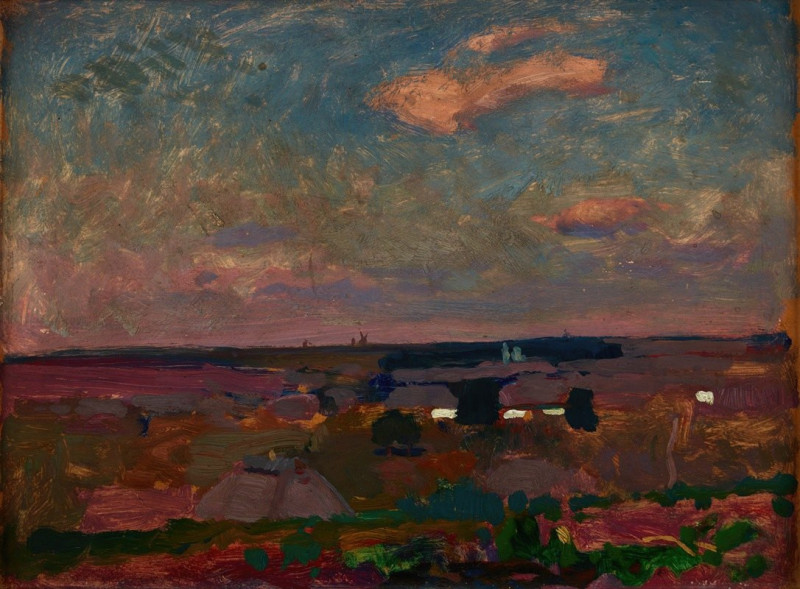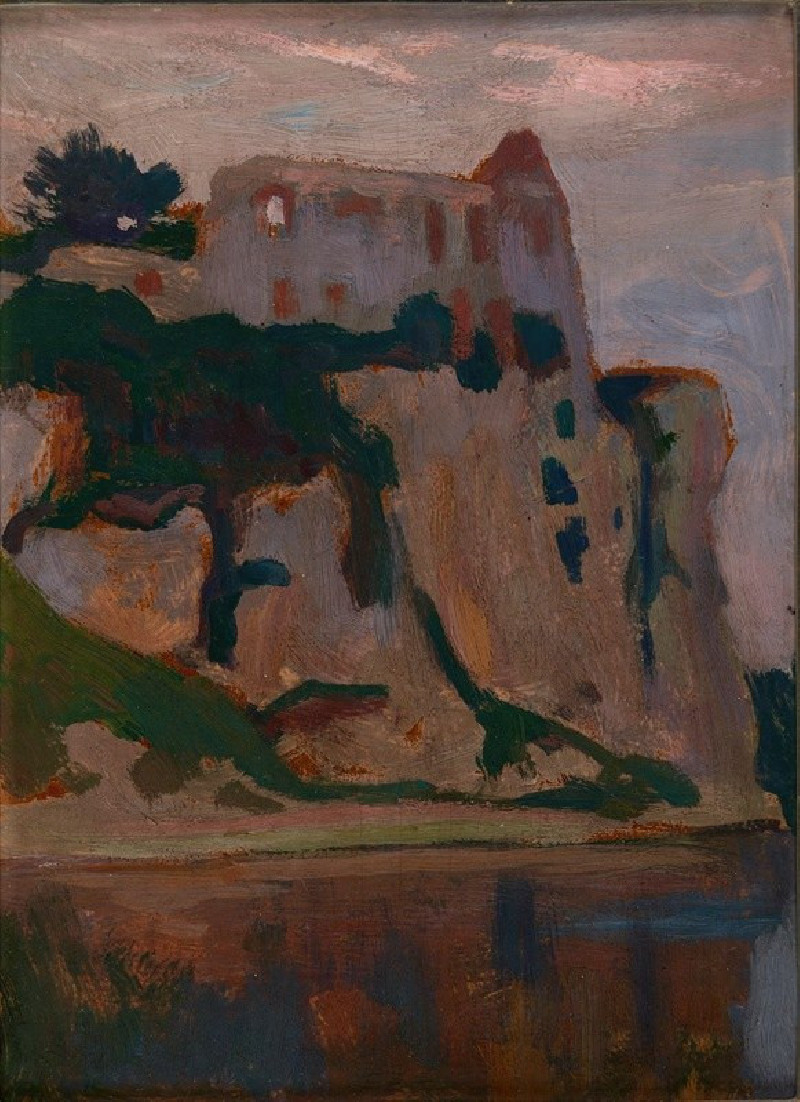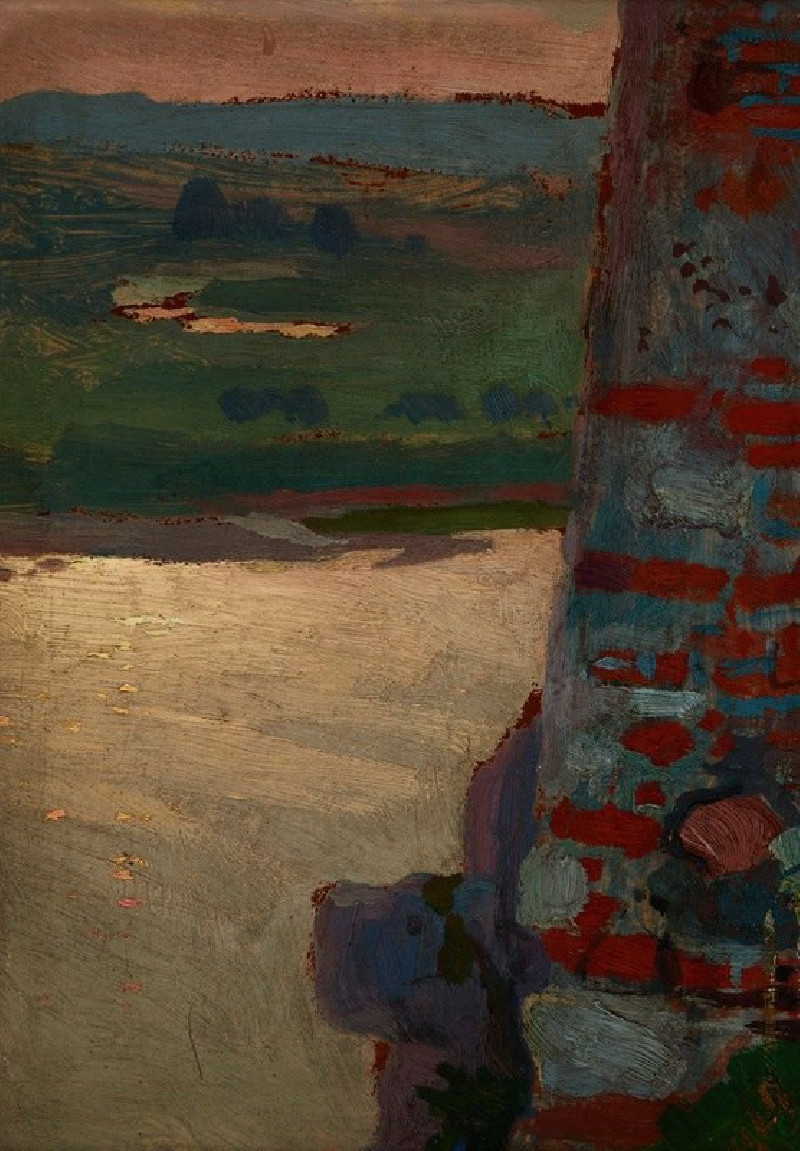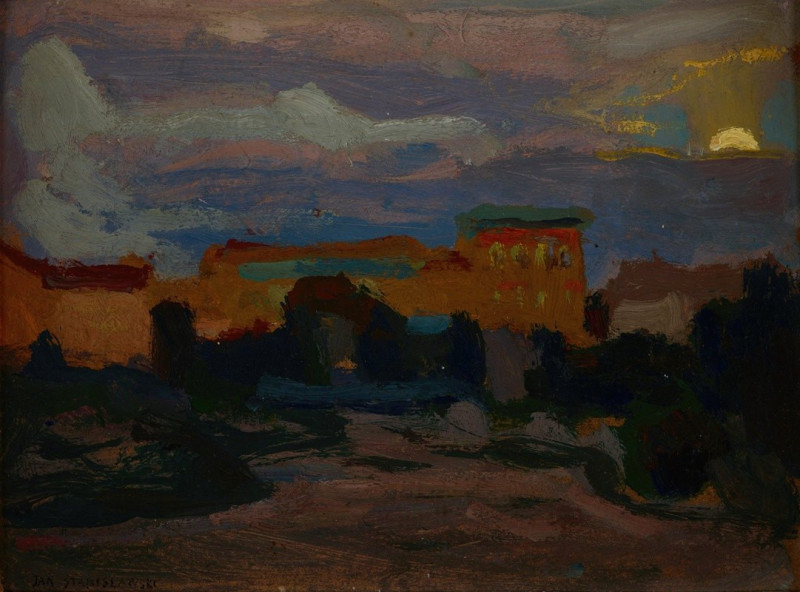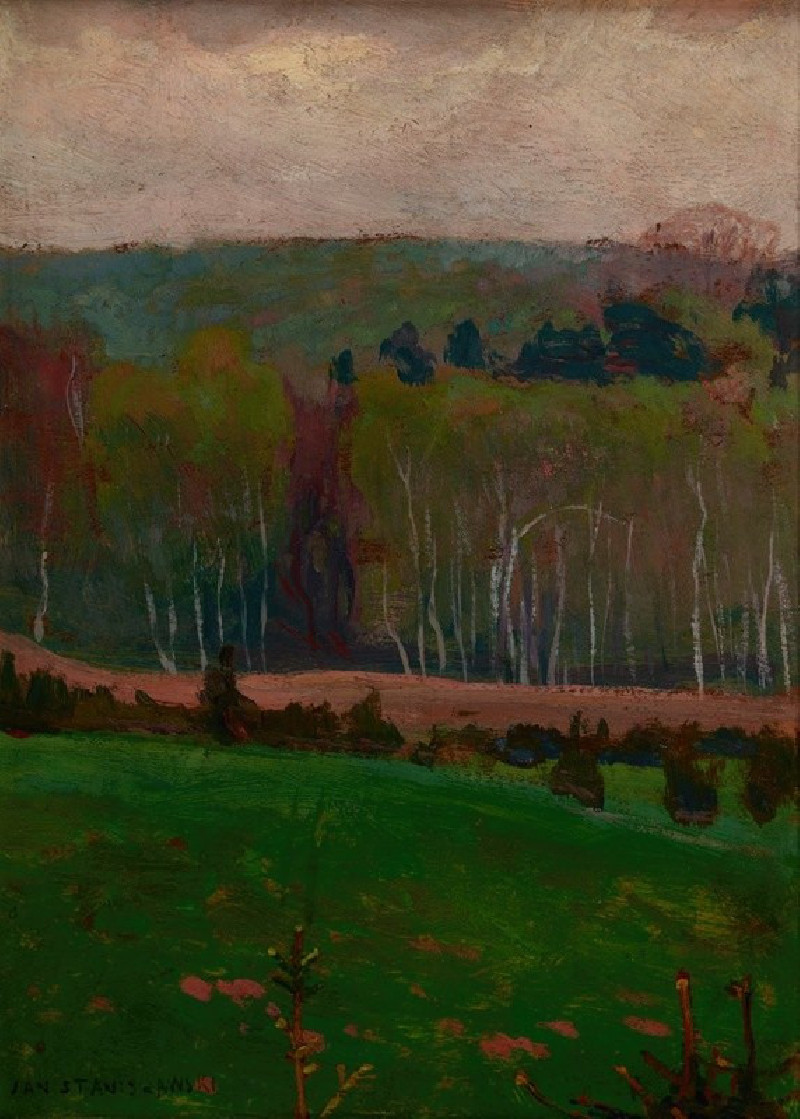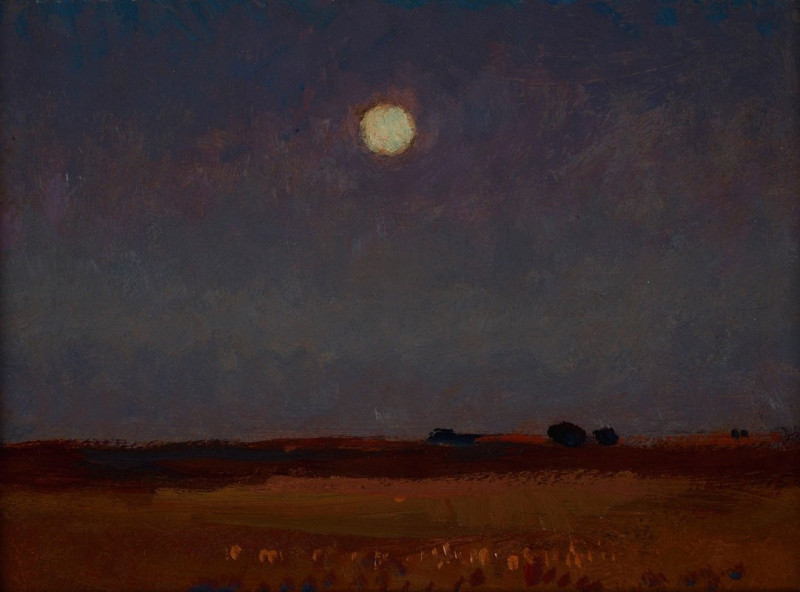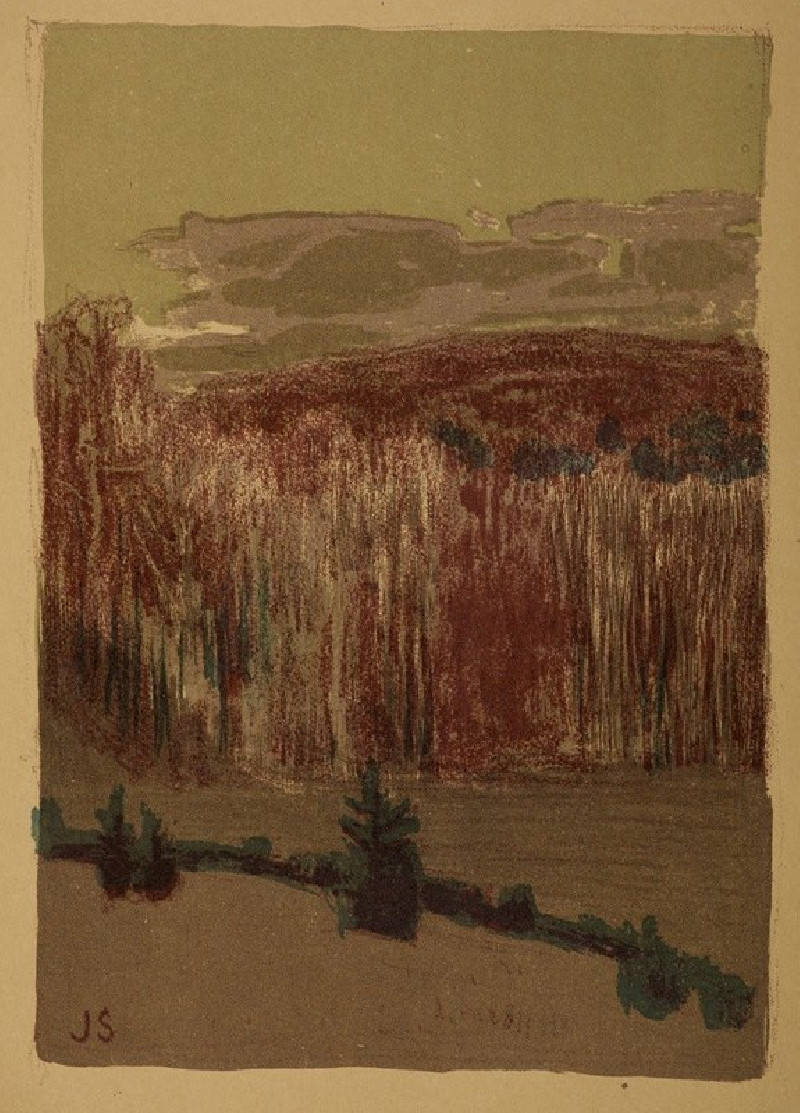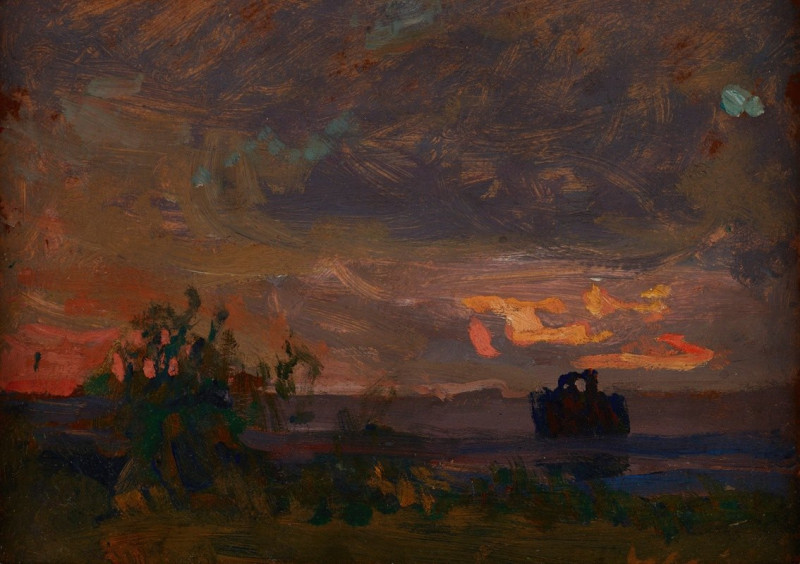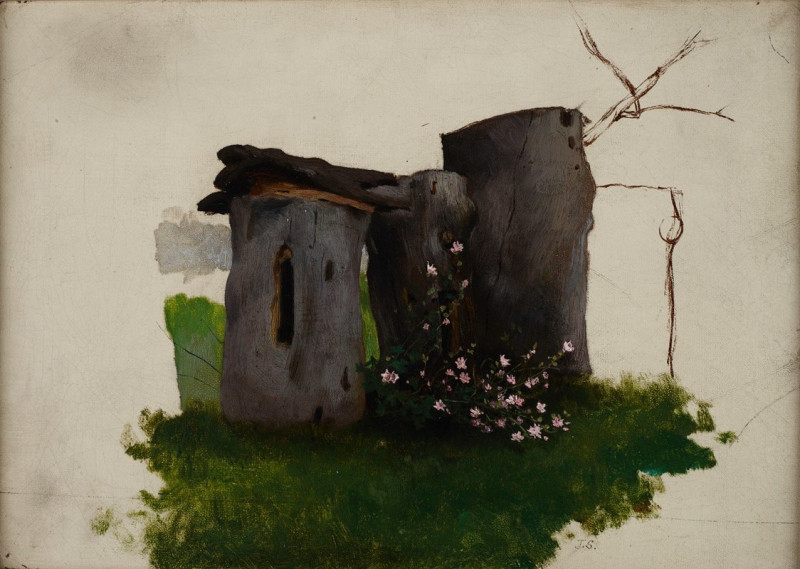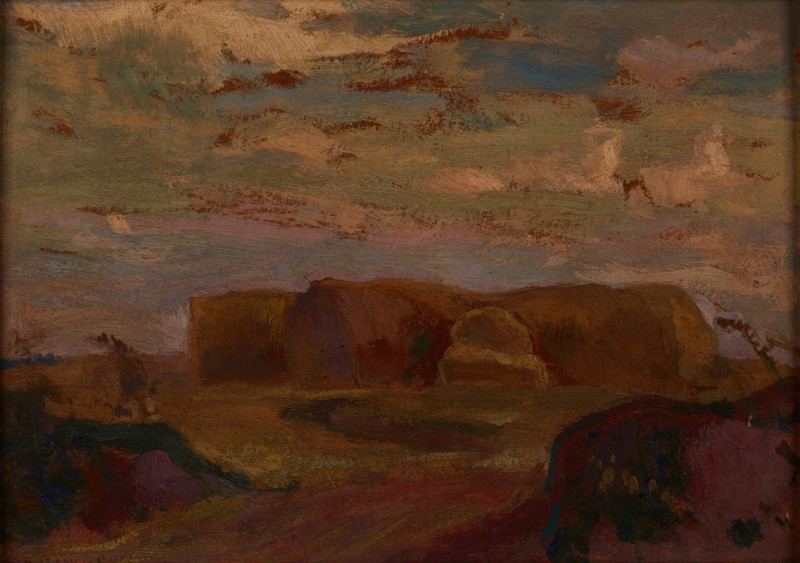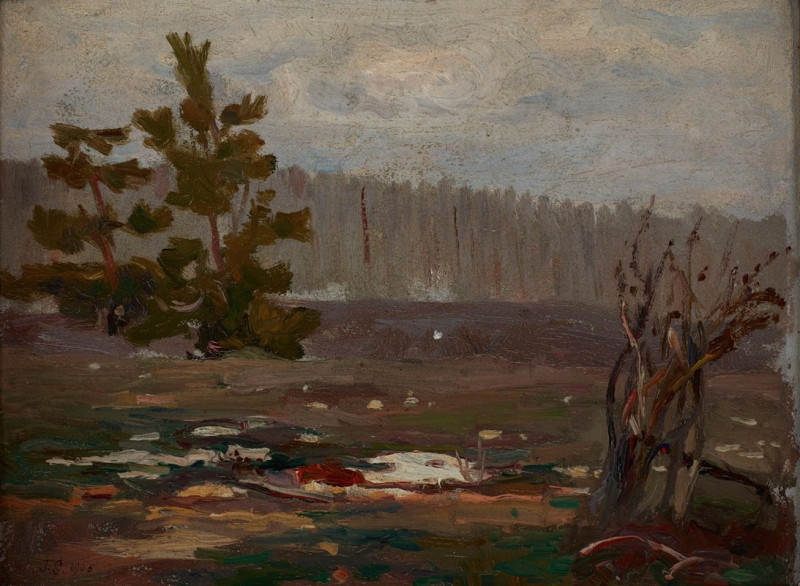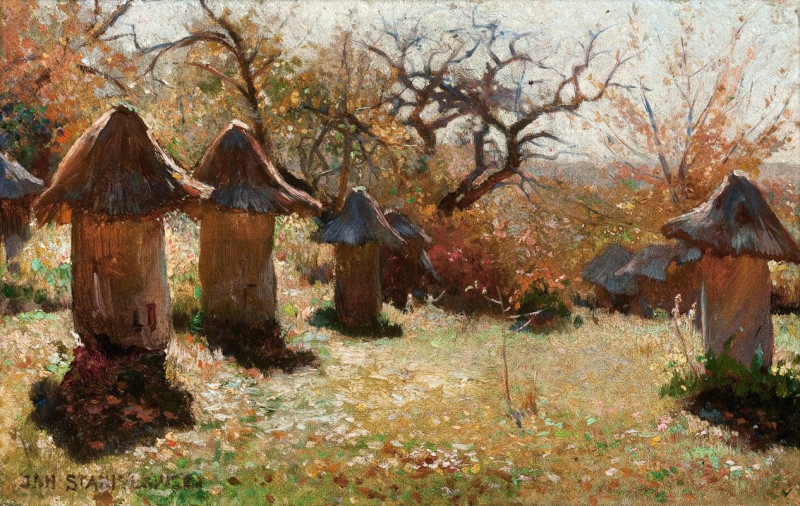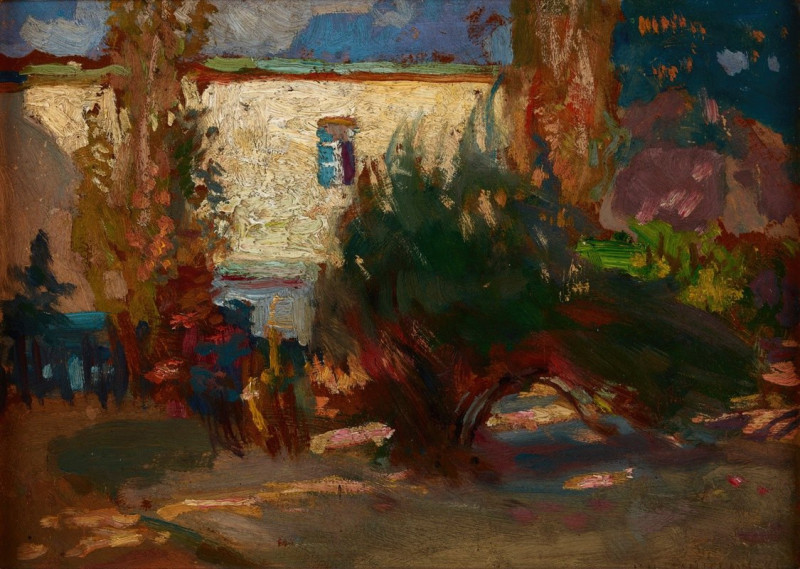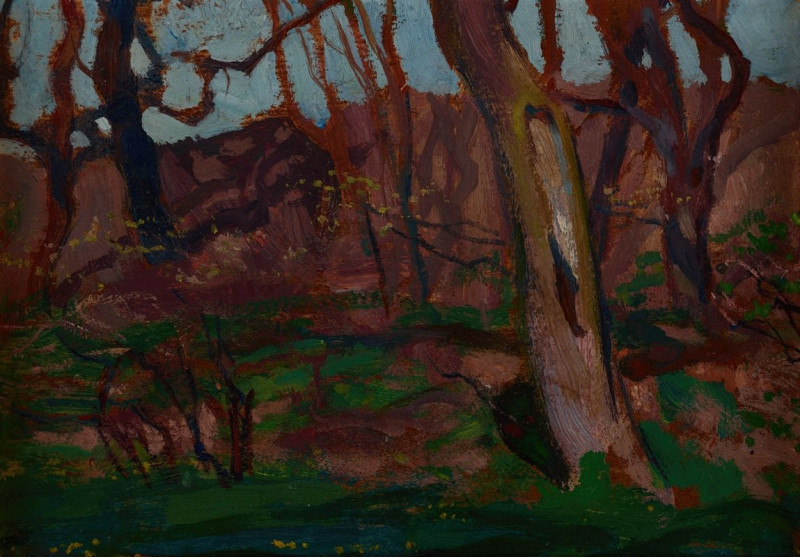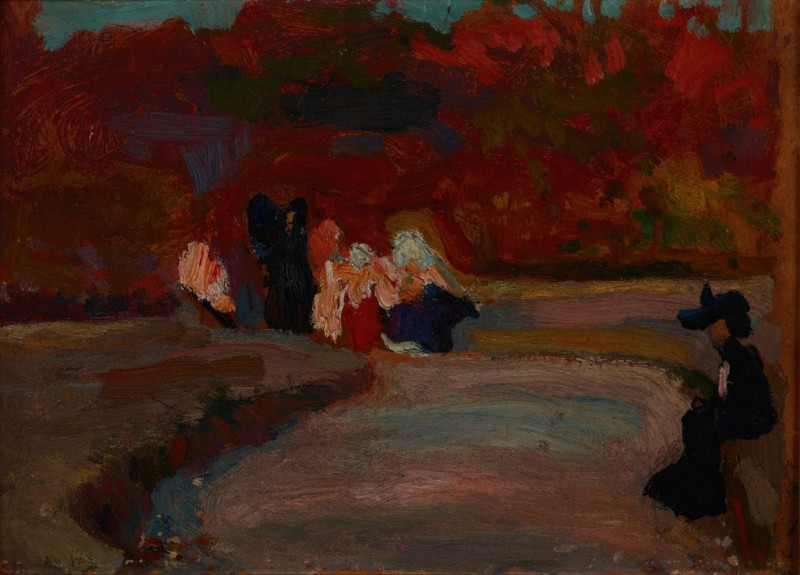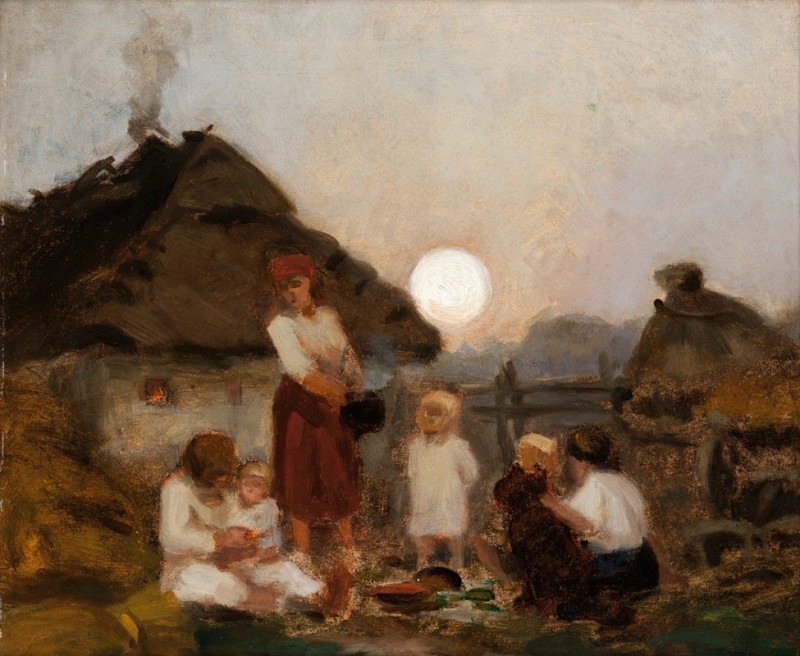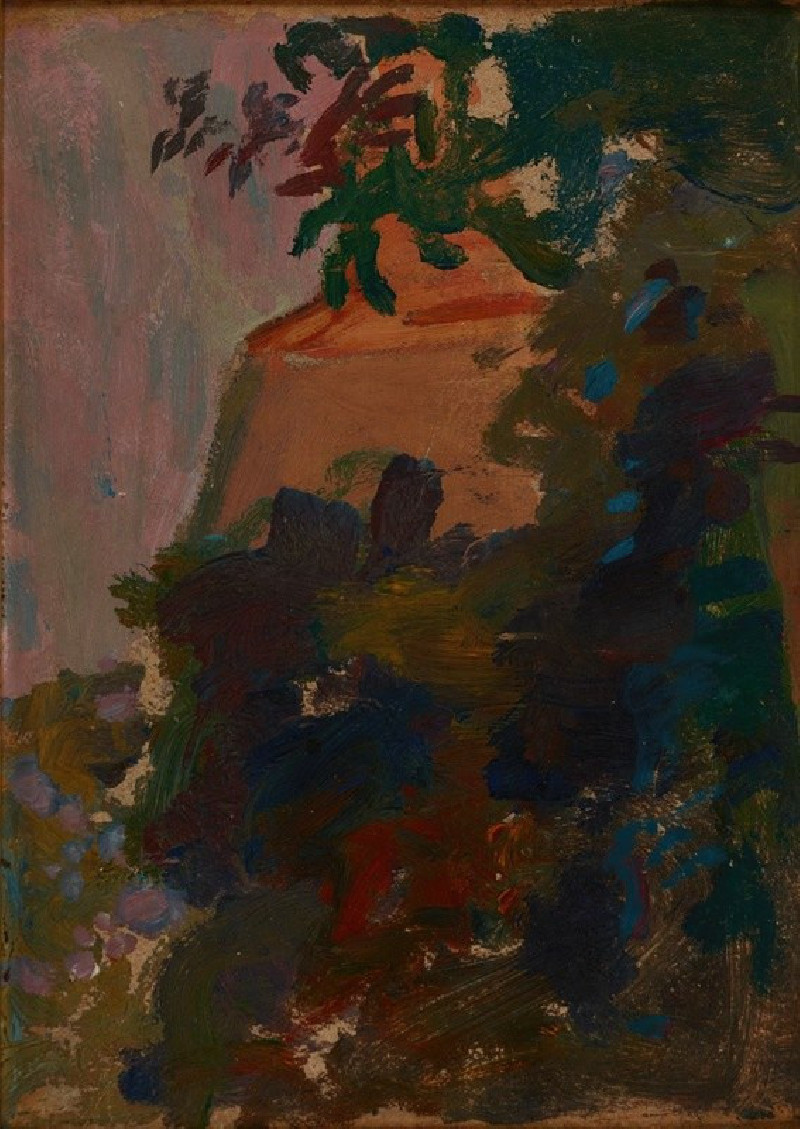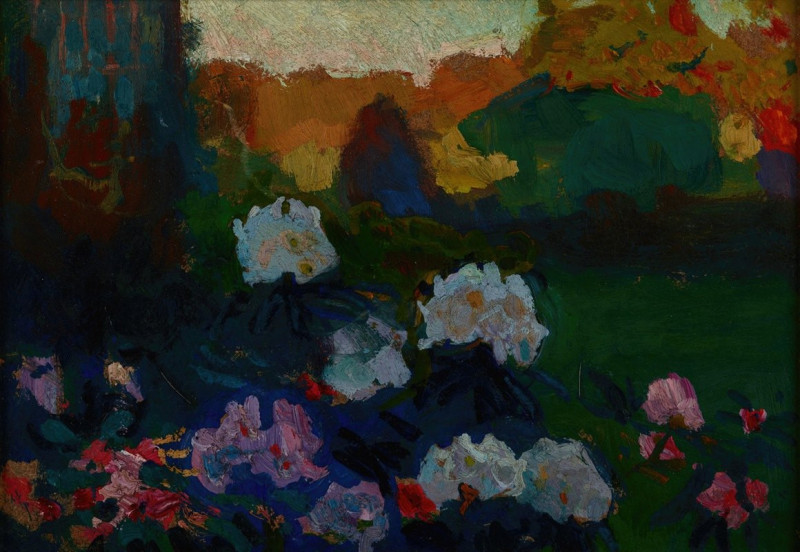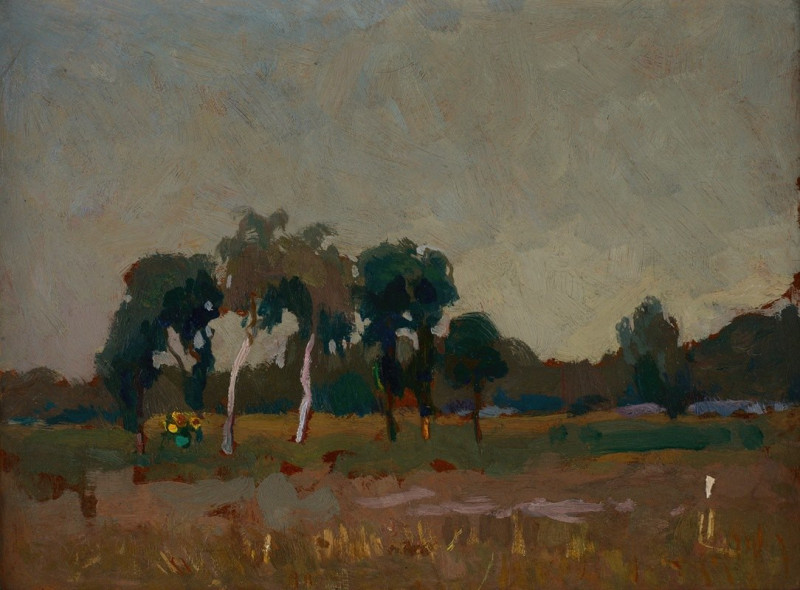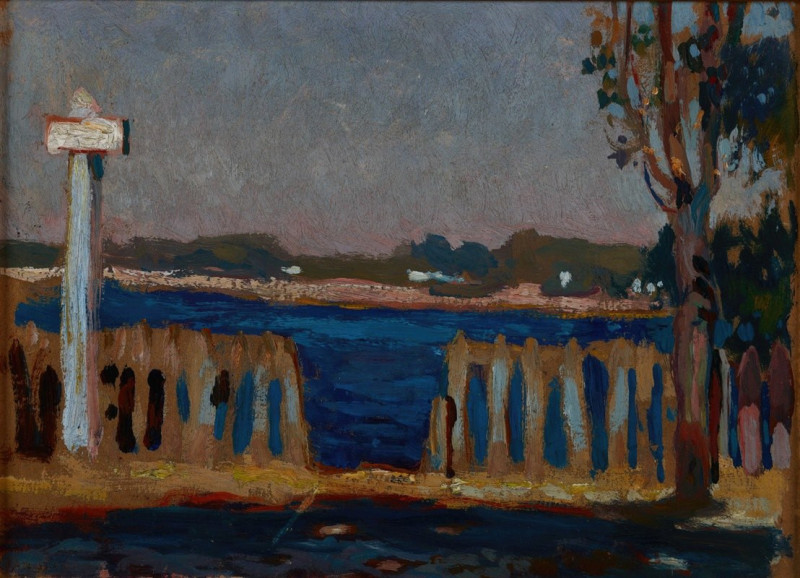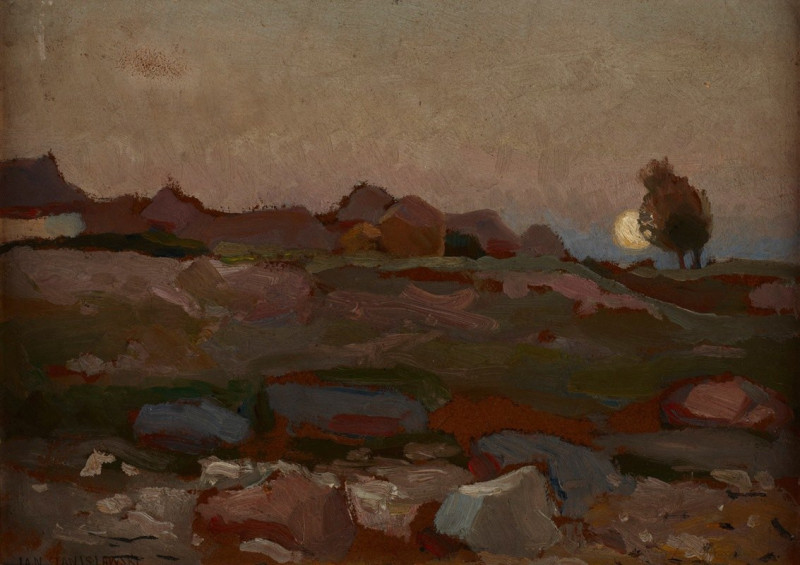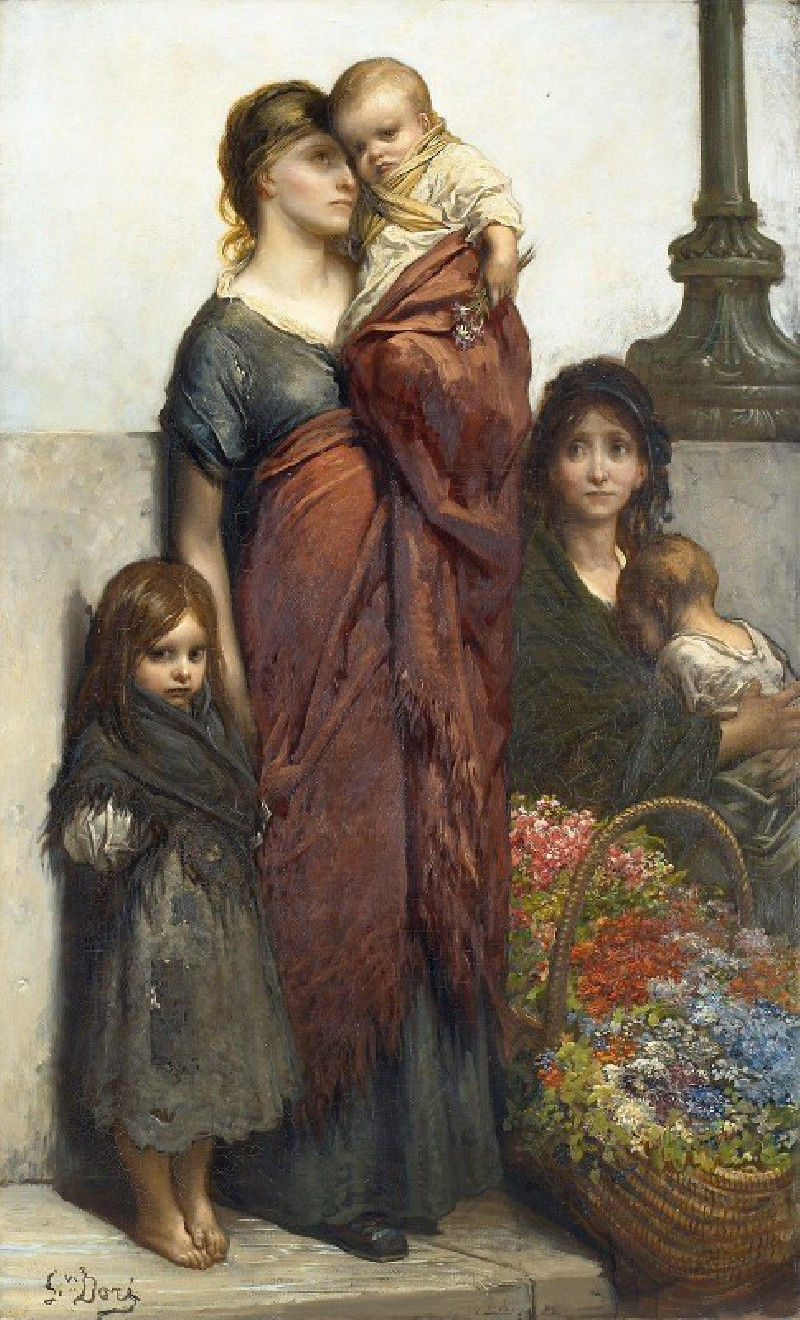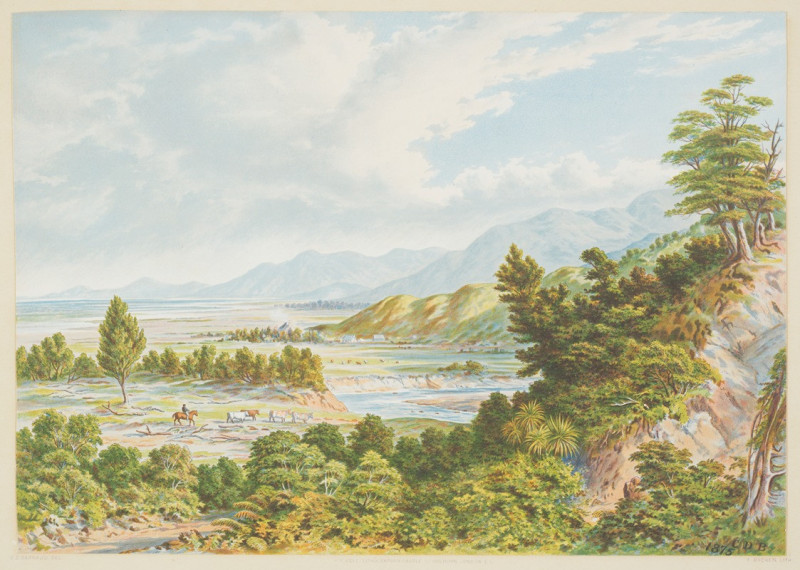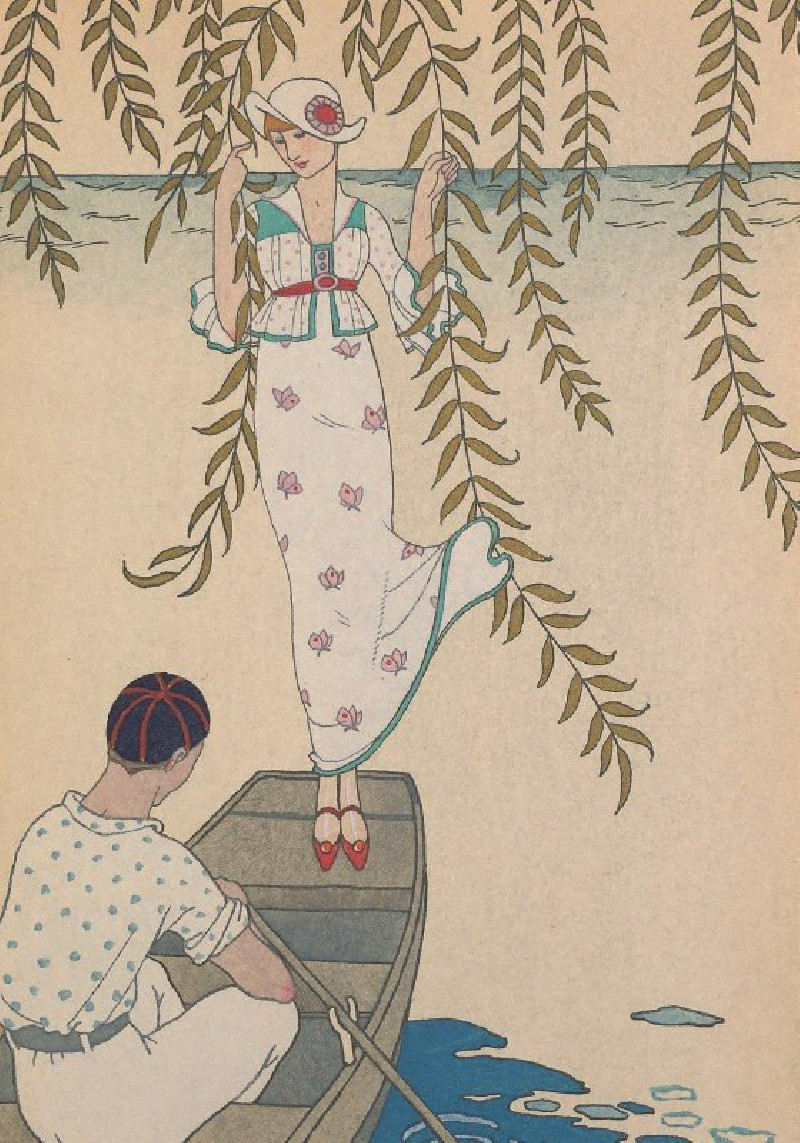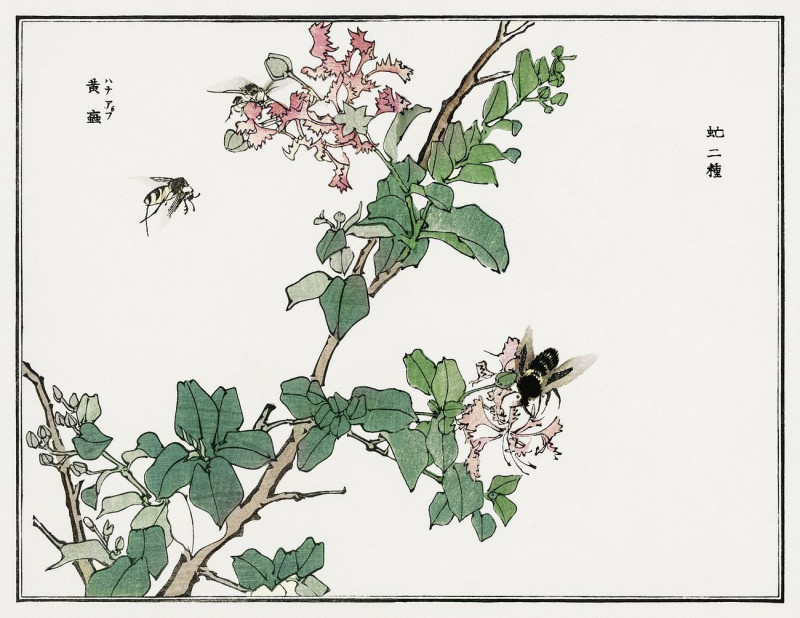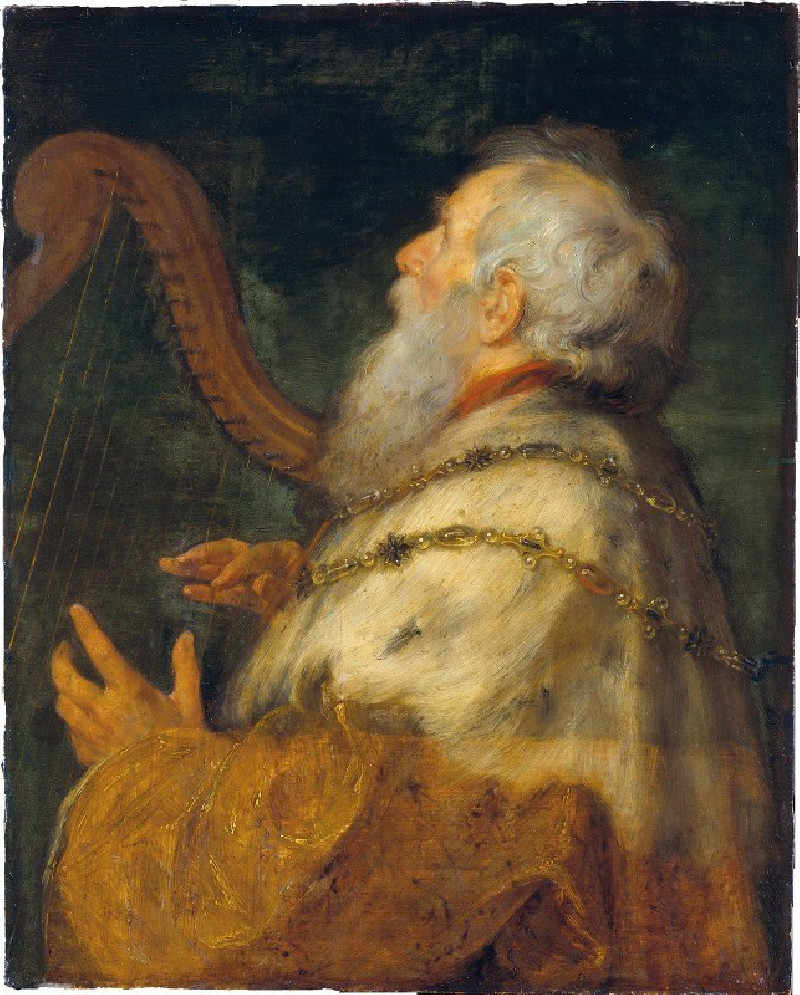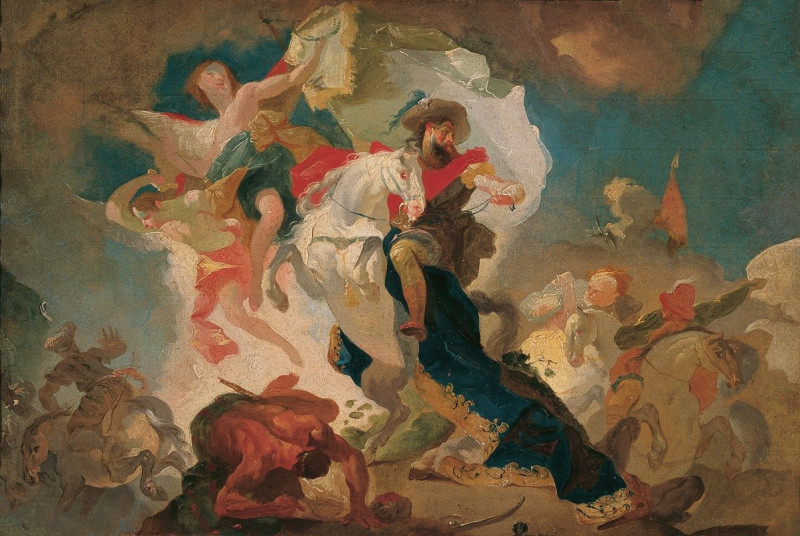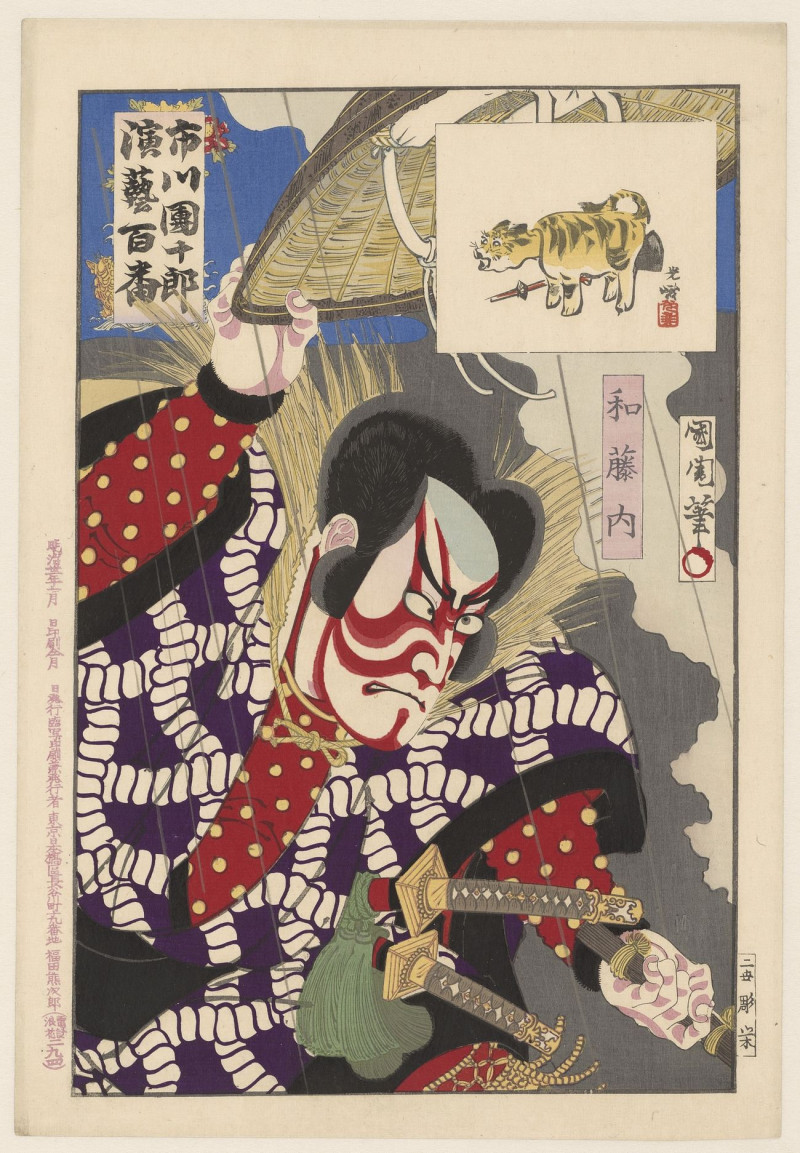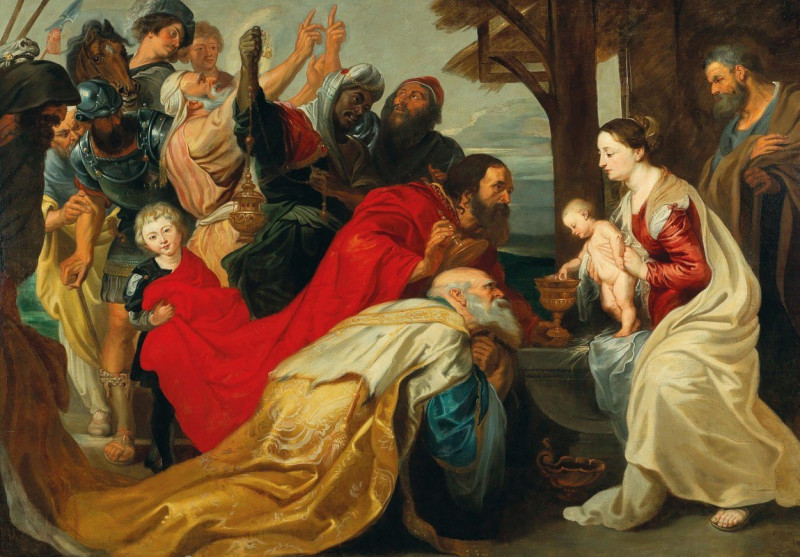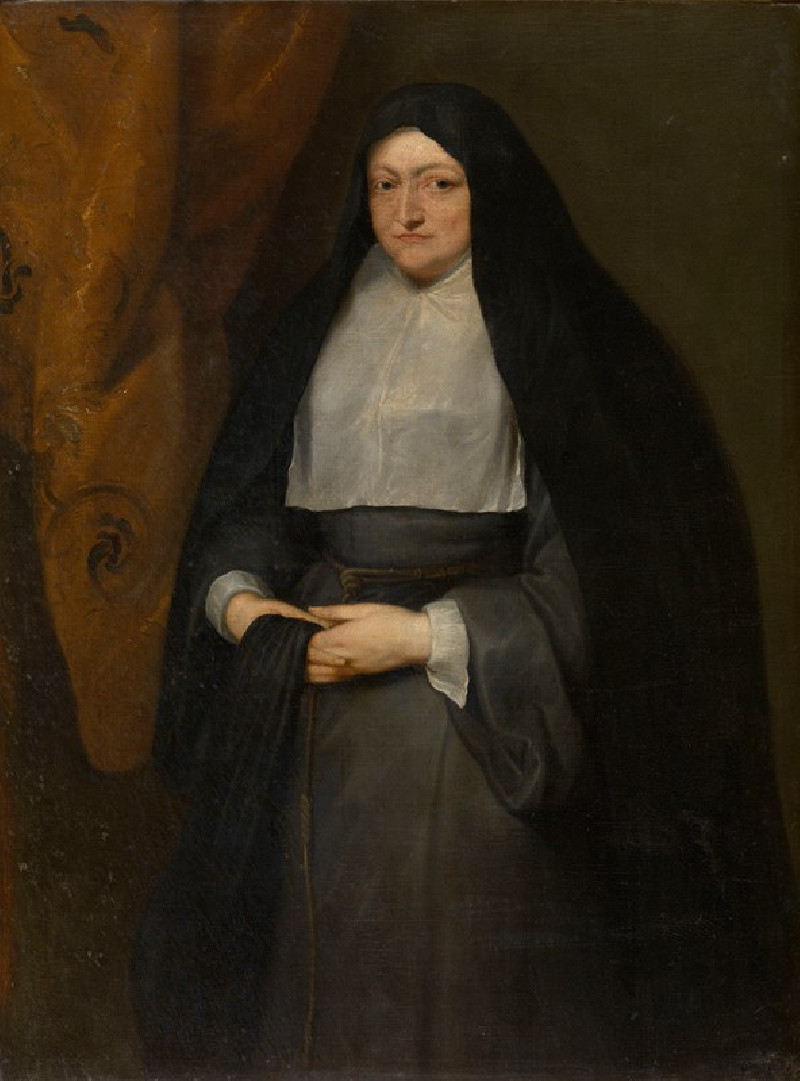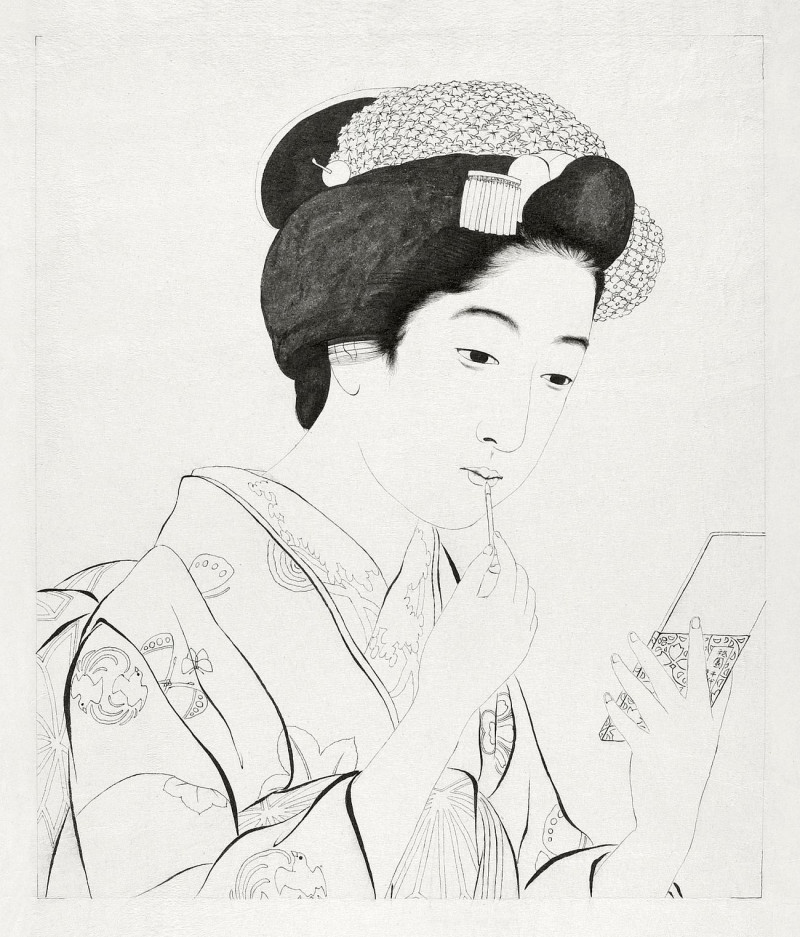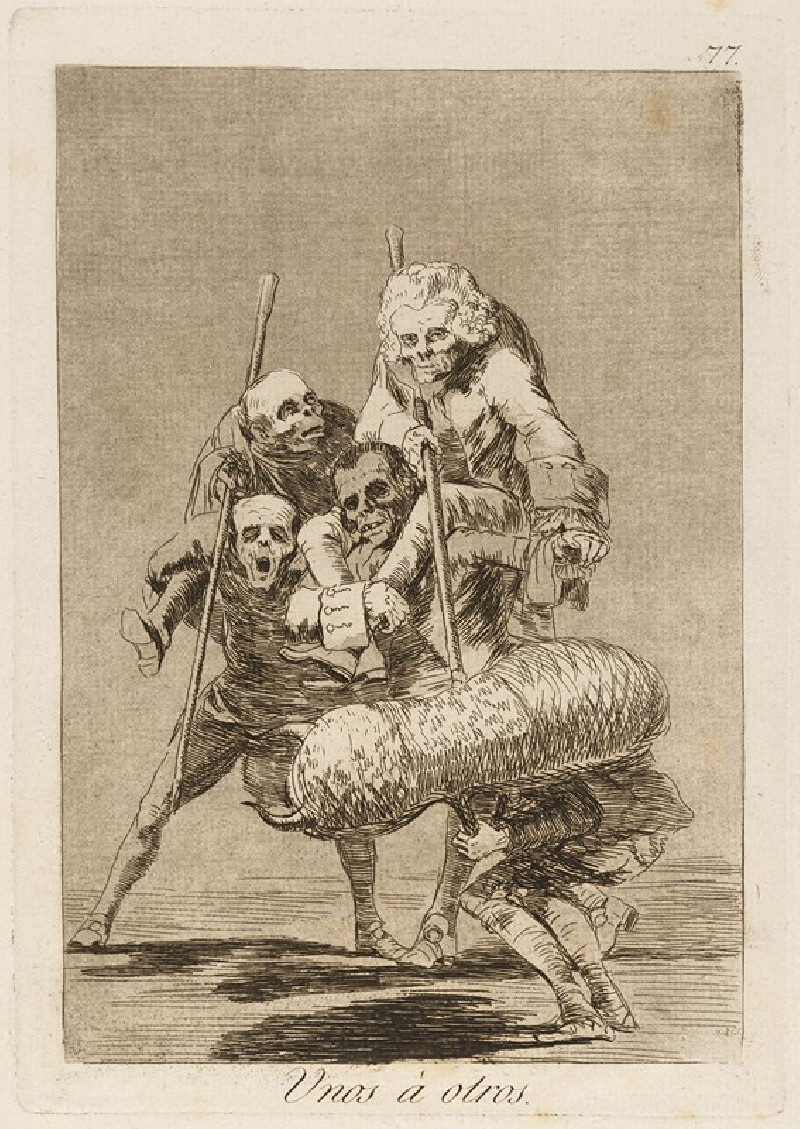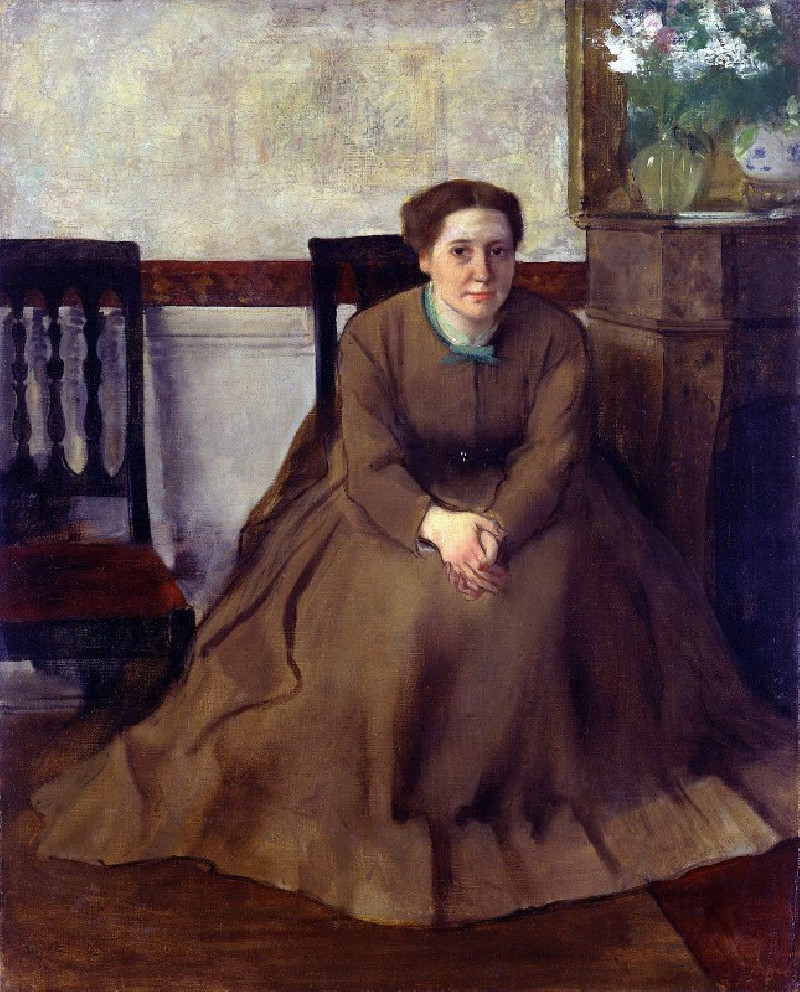Peruggia at Twilight (1904)
Technique: Giclée quality print
Recommended by our customers
More about this artwork
"Peruggia at Twilight" is a captivating 1904 painting by the esteemed artist Jan Stanislawski, whose brush strokes and color palette invite us into a serene yet dynamically rendered landscape. This evocative work displays a rustic scene dominated by a towering bell tower and scattered architectural ruins, which suggest the remnants of a once bustling settlement.The sky, painted in strokes of pink, blue, and white, reflects the quiet beauty of twilight—a transitional time that straddles the ending of day and the onset of night. Below, the earth and ruins adopt shades of red, brown, and shadowy blue, suggesting the coolness of the approaching evening. This interplay of warm and cool tones enhances the painting's depth and emotional resonance.Stanislawski's technique, with its bold, expressive brushstrokes, brings a swirling, almost turbulent energy to the scene, communicating both the permanence of nature and the transience of human constructs. "Peruggia at Twilight" is not just a visual study of light and landscape; it is a reflection on time's passage, the persistence of nature, and the footprints left behind by humanity.

